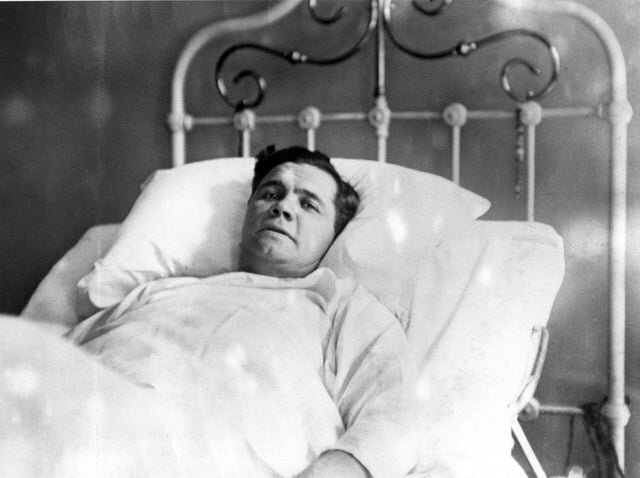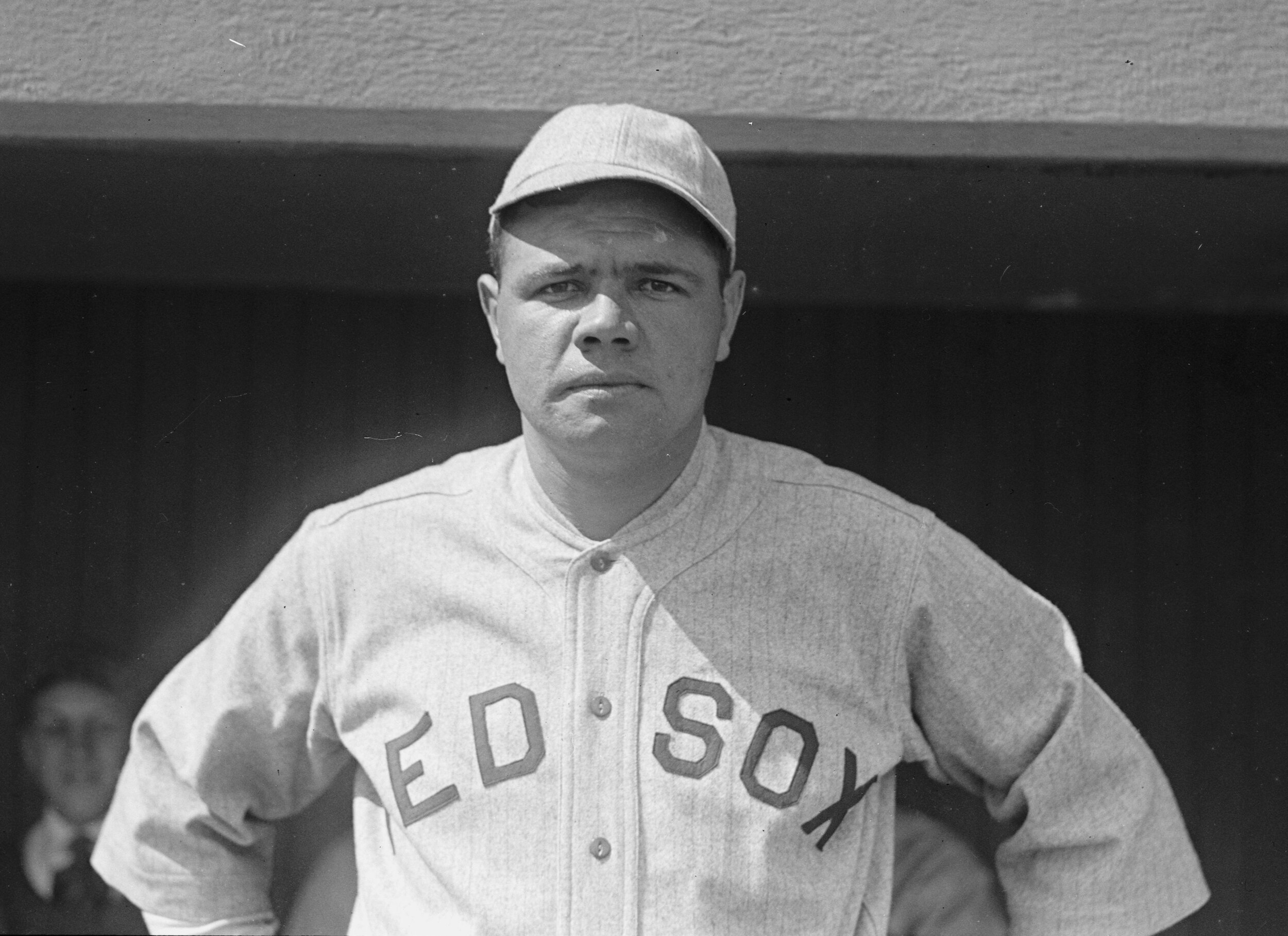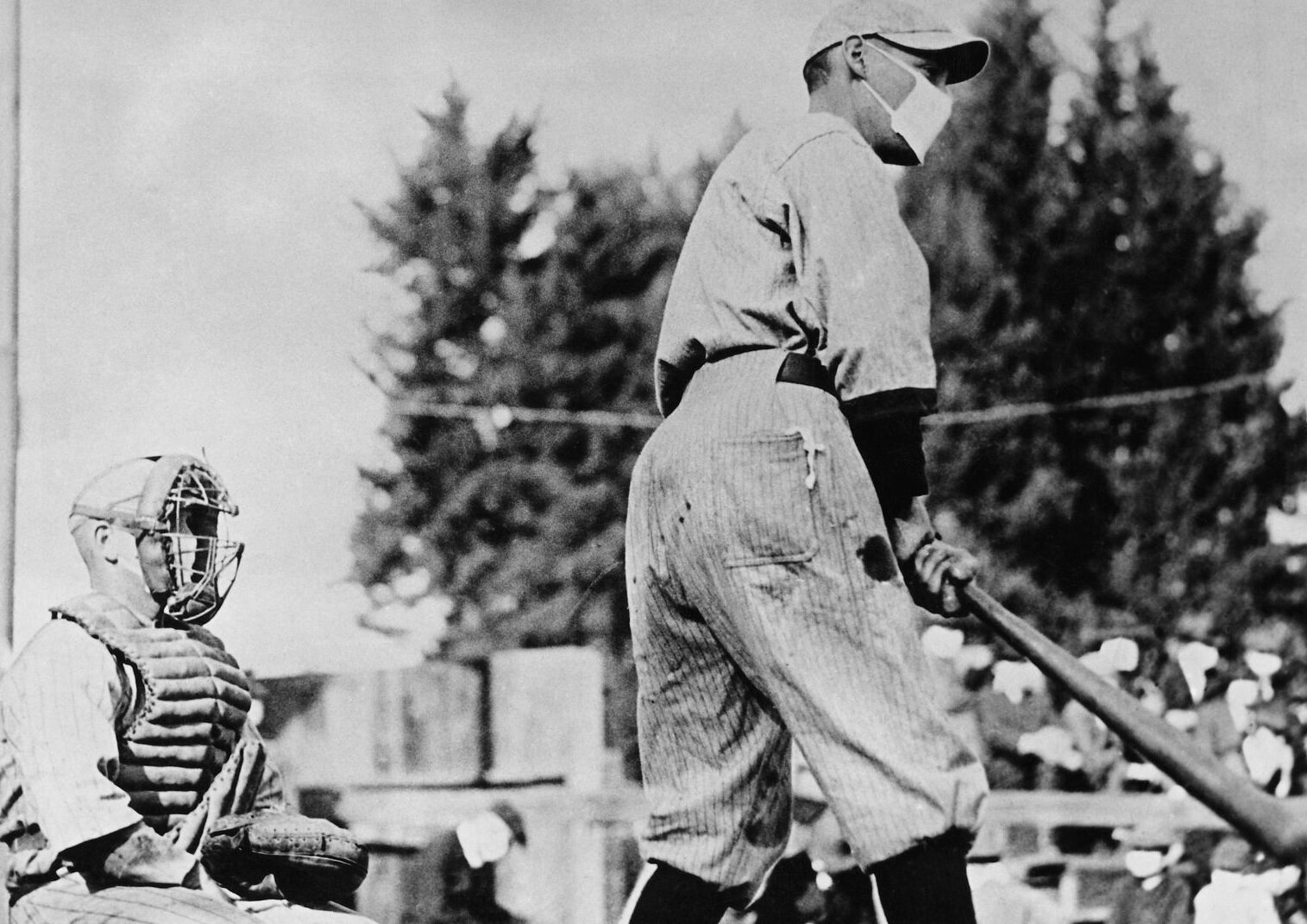Baseball and the 1918 Spanish Flu
Baseball started its season in late July 2020, a limited season consisting of only 60 games. Several Major League Baseball (MLB) players have already tested positive for the Covid-19 virus although it appears the season is safe for now. How did baseball handle the 1918 Spanish Flu pandemic, a virus significantly more virulent than the current Covid-19 virus?
The 1918 Flu Pandemic
The Spanish Flu is a misnomer. The flu affected the United States, France, Germany, and Great Britain. World War I censors restricted the distribution of these reports as they suppressed any morale-reducing bad news. The epidemic also affected neutral Spain which had no need to censor the news reports. This created the impression that the flu originated there, hence the name ‘Spanish Flu.’ As shown in the table, the Spanish Flu was over 100 times more virulent, relative to population, than the current Covid-19 pandemic.
|
Estimated Count |
World Population |
Percent of World Population |
|
|
1918 - Cases |
500 million |
1.8 billion |
27% |
|
1918 - Deaths |
15 - 50 million |
1.8 billion |
1% - 3% |
|
2020 – Cases |
31,000,000 (through 9/15/20) |
7.8 billion |
0.4% |
|
2020 – Deaths |
950,000 |
7.8 billion |
.012% |
American’s Entry into World War I and Baseball
World War I broke out in Europe in August 1914. Great Britain, France, and Russia (the Allies) against Germany and Austria-Hungary (the Central Powers). The United States remained neutral until April 1917, when it joined the Allies. America was not prepared for war; its army was tiny. The United States instituted a draft in 1917, but it was not until the summer of 1918 that the United States was able to provide significant numbers of soldiers to support the war effort in Europe.
Baseball was not affected by the WWI in 1917; a full season was played. The Chicago White Sox won a team record 100 games, easily winning the pennant. They faced the New York Giants in the World Series, winning the World Series four games to two. It was to be the last World Series win by the White Sox until 2005.
In 1918, as the U.S. continued to expand its military, baseball came under pressure. MLB decided to shorten the 1918 season from 154 games to 140. In July, the government issued a ‘work or fight’ order. All draft-eligible men employed in “non-essential” occupations must either work in war-related occupations or register for the draft. Baseball was considered non-essential, and many ballplayers served in the armed forces. Short of players, the Boston Red Sox, for the first time, played Babe Ruth in the field on days when he did not pitch. Changing the game forever. MLB petitioned the government to allow completion of the World Series in early September after teams had played about 125 games. The Boston Red Sox won the series 4 games to 2 over the Chicago Cubs, with the final game occurring on 9/11/18. It was to be the last World Series win by the Red Sox until 2004.
Baseball and the Spanish Flu
The first wave of the Spanish Flu started in March 1918 and spread through most of the world by July. It was relatively mild, similar to a normal flu season. No quarantines were implemented. Several players caught the flu, most notably Babe Ruth who missed two weeks in May 1918 and needed hospital care. Fortunately, this occurred during this first, milder, wave of the Spanish Flu.
The second wave started in August/September 1918. The second flu wave was the deadliest phase of the pandemic, causing millions of worldwide deaths by the end of 1918. With baseball already playing a shortened season due to World War I, the World Series was completed in September before the impact of the second wave was apparent.
There was a third wave in the first part of 1919, but by April 1919 the pandemic was over and baseball resumed its normal season.
Other Sports:
Stanley Cup with 1919 Entry
The 1919 Stanley Cup was held in March 1919. Montreal was playing Seattle; each team had won two games. The players were exhausted, and doctors determined that many had been struck with the flu. Several players were hospitalized, one hockey player died. The league canceled the remainder of the playoffs, there was no Stanley Cup champion in 1919. The trophy lists 1919 as ‘series not completed.’
Conclusion:
Baseball was not affected by the 1918 Spanish Flu. The shortened 1918 season was a result of World War I, not the flu. It is interesting to note that both the White Sox and Red Sox won World Series during this time-frame, and then both did not win again for over 80 years. (Red Sox in 2004 and the White Sox in 2005). The Red Sox dry spell was attributed to the ‘Curse of the Bambino,’ which was the trade of Babe Ruth to the Yankees. And the White Sox gap was attributed to the 1919 ‘Black Sox’ scandal where the team was accused of throwing games to win gambling money.
There are some weird conspiracy theories that somehow the Spanish Flu jinxed both the Red Sox and White Sox, causing the long interval between championships. But I don’t believe it. Do you?



